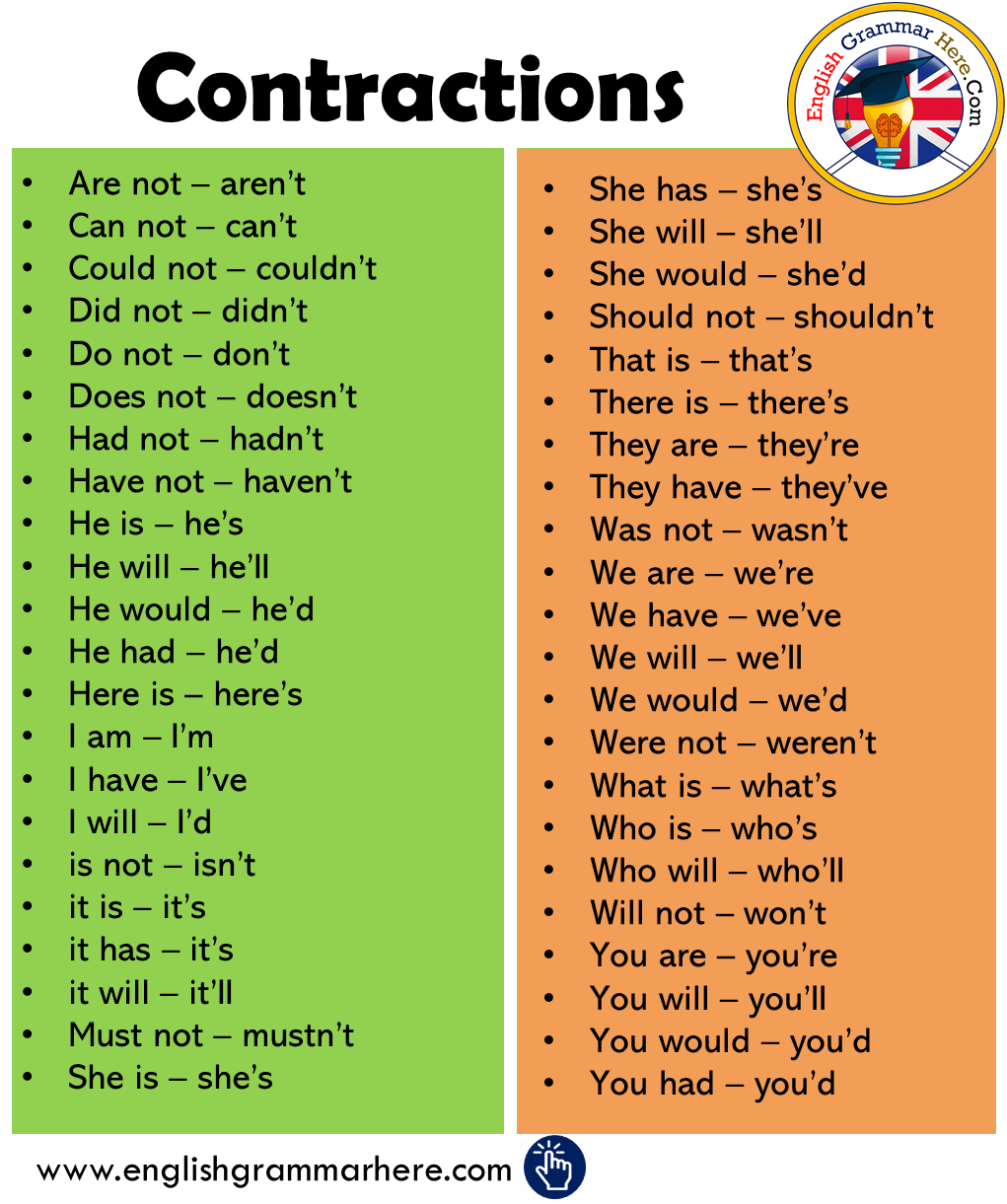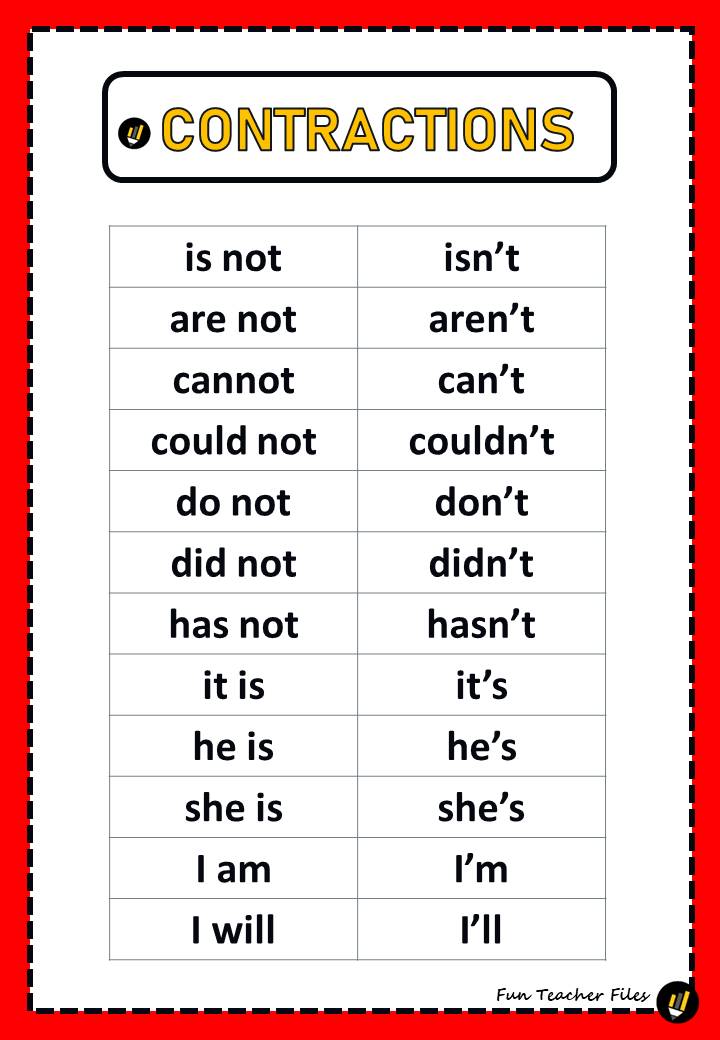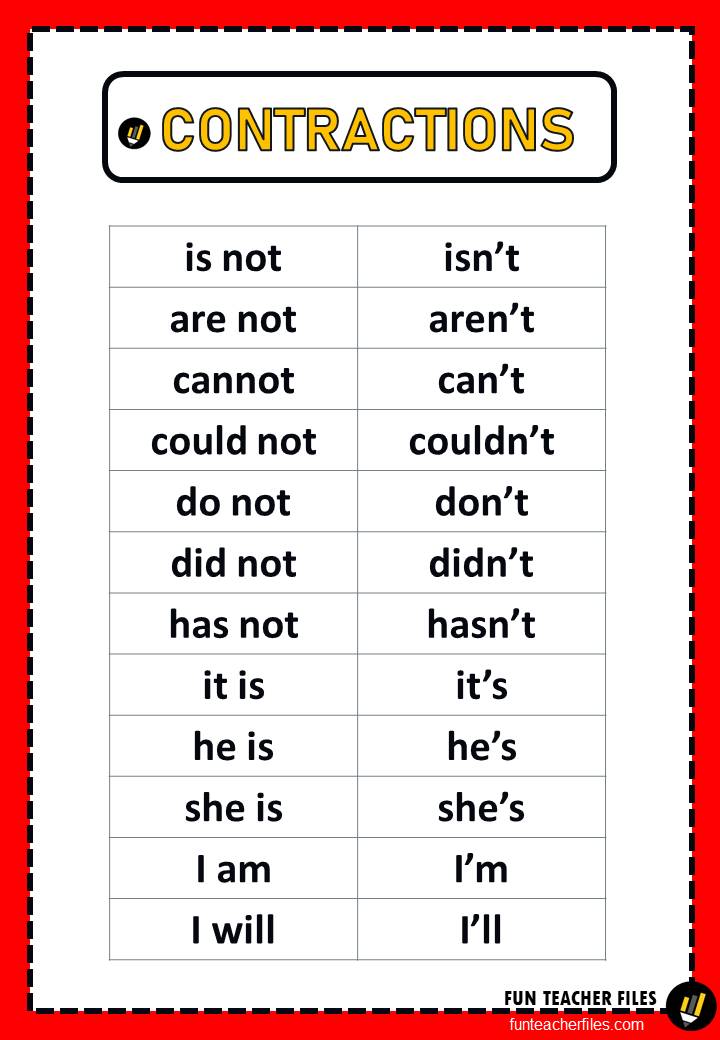Do Not Contracted Form
Do Not Contracted Form - Contractions are forms like don’t and i’m. Contraction mostly happens with a subject and a verb or when a helping verb or a modal verb is converted to its negative form. When deciding between “do not” and “don’t”, the main difference lies in formality and tone. We make contractions with auxiliary verbs, and also with be and have when they are not. They represent the pronunciation of informal speech. Contractions are usually not appropriate in formal writing. Doesn't is the contracted (short) form of does not. “do not” is more formal, often found in. Don't is the contracted form of do not. Please ___ play with your food.
Please ___ play with your food. They are common and correct in informal. We make contractions with auxiliary verbs, and also with be and have when they are not. They represent the pronunciation of informal speech. When deciding between “do not” and “don’t”, the main difference lies in formality and tone. Contractions are forms like don’t and i’m. Don't is the contracted form of do not. Contraction mostly happens with a subject and a verb or when a helping verb or a modal verb is converted to its negative form. Doesn't is the contracted (short) form of does not. “do not” is more formal, often found in.
Don't is the contracted form of do not. Doesn't is the contracted (short) form of does not. When deciding between “do not” and “don’t”, the main difference lies in formality and tone. They are common and correct in informal. Please ___ play with your food. We make contractions with auxiliary verbs, and also with be and have when they are not. “do not” is more formal, often found in. They represent the pronunciation of informal speech. Contraction mostly happens with a subject and a verb or when a helping verb or a modal verb is converted to its negative form. Contractions are forms like don’t and i’m.
Contractions List in English English Grammar Here
Contraction mostly happens with a subject and a verb or when a helping verb or a modal verb is converted to its negative form. Contractions are forms like don’t and i’m. Please ___ play with your food. “do not” is more formal, often found in. When deciding between “do not” and “don’t”, the main difference lies in formality and tone.
Contractions Chart in English Grammar Fun Teacher Files
Contractions are forms like don’t and i’m. They represent the pronunciation of informal speech. Contraction mostly happens with a subject and a verb or when a helping verb or a modal verb is converted to its negative form. “do not” is more formal, often found in. Don't is the contracted form of do not.
List of Contractions in English English Study Page
Contractions are usually not appropriate in formal writing. Don't is the contracted form of do not. Contraction mostly happens with a subject and a verb or when a helping verb or a modal verb is converted to its negative form. Please ___ play with your food. “do not” is more formal, often found in.
1StepEnglish The place to learn English for FREE!! Tips on CONTRACTIONS!
When deciding between “do not” and “don’t”, the main difference lies in formality and tone. “do not” is more formal, often found in. Don't is the contracted form of do not. Contractions are usually not appropriate in formal writing. Contractions are forms like don’t and i’m.
Contractions Chart in English Grammar Fun Teacher Files
We make contractions with auxiliary verbs, and also with be and have when they are not. Contractions are usually not appropriate in formal writing. They are common and correct in informal. When deciding between “do not” and “don’t”, the main difference lies in formality and tone. Doesn't is the contracted (short) form of does not.
Pin on Contractions
They represent the pronunciation of informal speech. Please ___ play with your food. Contractions are usually not appropriate in formal writing. Doesn't is the contracted (short) form of does not. They are common and correct in informal.
List of Contractions in English English Study Page English study
Contractions are usually not appropriate in formal writing. They represent the pronunciation of informal speech. We make contractions with auxiliary verbs, and also with be and have when they are not. Doesn't is the contracted (short) form of does not. “do not” is more formal, often found in.
+150 Contracted Forms of Verbs (Simple Guide) TPR Teaching
We make contractions with auxiliary verbs, and also with be and have when they are not. Please ___ play with your food. Contractions are usually not appropriate in formal writing. They are common and correct in informal. Don't is the contracted form of do not.
List of Contractions Contraction Words Used in Writing and Speaking
Contractions are usually not appropriate in formal writing. “do not” is more formal, often found in. We make contractions with auxiliary verbs, and also with be and have when they are not. When deciding between “do not” and “don’t”, the main difference lies in formality and tone. Doesn't is the contracted (short) form of does not.
Detailed Contractions List in English English Grammar Here English
They are common and correct in informal. They represent the pronunciation of informal speech. When deciding between “do not” and “don’t”, the main difference lies in formality and tone. Doesn't is the contracted (short) form of does not. Please ___ play with your food.
When Deciding Between “Do Not” And “Don’t”, The Main Difference Lies In Formality And Tone.
We make contractions with auxiliary verbs, and also with be and have when they are not. Doesn't is the contracted (short) form of does not. Contractions are forms like don’t and i’m. Please ___ play with your food.
Contractions Are Usually Not Appropriate In Formal Writing.
Contraction mostly happens with a subject and a verb or when a helping verb or a modal verb is converted to its negative form. They represent the pronunciation of informal speech. They are common and correct in informal. “do not” is more formal, often found in.









